
Medically reviewed by Dr. John Rosdeutscher – Written by Sine Thieme
Overview
Of a wide range of facial rejuvenation treatments, the classic, surgical facelift – aka rhytidectomy – provides the most permanent solution to sagging and aging skin. However, the term “facelift” is often loosely applied to a wide range of treatment options, even for procedures that do not involve any surgery.
Our cosmetic surgery teams at NuBody Concepts Nashville and NuBody Concepts Memphis are here to clear up the terminology for you. We will first discuss the classic facelift types, and then we will also discuss all the more loosely associated terms often grouped in with a facelift.
The Classic Facelift
When narrowly defined, there is only one kind of facelift: the classic surgery that has been performed on patients for decades. Under sedation or even general anesthesia, the plastic surgeon places several incisions, typically along the side of the face hidden under the hairline. The skin is then separated from the underlying connective tissues and muscles to allow the surgeon to easily reposition the deeper tissues, correct jowling, and create a firmer foundation for your skin. Once this has been completed, he or she will remove any excess skin and begin gently laying the remaining skin back over the recently rejuvenated facial tissues.
The classic facelift can be further divided into two types: The mini facelift or mini lift, and the standard facelift (also referred to as a full or traditional facelift).
Mini Lift
A mini-facelift is usually considered when a patient exhibits a mild degree of jowling and sagging skin around the face, eyes, neck, and mouth. It is a less invasive technique that allows your surgeon to tighten your deep facial tissues through smaller incisions. These incisions are typically located along the hairline above the ears or the natural crease behind the ears. Through these incisions, your surgeon can lift and tighten the structural tissues around the cheeks to correct jowling, rejuvenate your appearance, and refine the jawline.
A mini-facelift is best for addressing the early stages of aging before they become too pronounced, often reducing the need for more extensive surgeries in the future. This makes the mini lift perfect for individuals in their 40s. In addition, there is a trend towards younger patients seeking facelifts in general. No doubt this has to do with social media and the “Zoom Boom,” as well as younger women becoming more comfortable with cosmetic surgery.
Note: A mini-lift is also sometimes referred to as the S-Lift, due to the shape that is typically used for the incision. Some also called it the “weekend facelift,” since it allows the patient to undergo it on a Friday and get back to work by Monday.
Standard Facelift
A standard or “traditional” facelift is typically used to address more moderate to advanced signs of aging around the mid-face and neck. It mainly targets the lower part of the face including mouth, cheekbones, and the jawline. This procedure is more extensive than that of a mini facelift and often produces more dramatic results. Similarly to a mini lift, the incisions are relatively close to the lower scalp and the folds in front of the ear, and are easily hidden in the natural folds of the skin. Through the incisions, the cosmetic surgeon can reposition deeper tissues beneath the skin, remove any unwanted, excess skin to eliminate wrinkles or creases, and smooth the surface as well as remove and reduce sagging skin underneath the chin. All this restores a more naturally youthful contour to your face and neck.
Standard (or mini) facelift surgery can be complemented with a brow lift or eyelid surgery to give the entire face a fresh look. Sutures from a full surgical facelift are removed in approximately 6-7 days, and patients can usually return to work within 10 days. This makes it a bit more invasive than a mini lift, which is why mini facelifts are so popular. However, if you are older, or have more advanced signs of aging due to smoking and sun exposure, a full facelift typically gives you better results than a mini-lift.
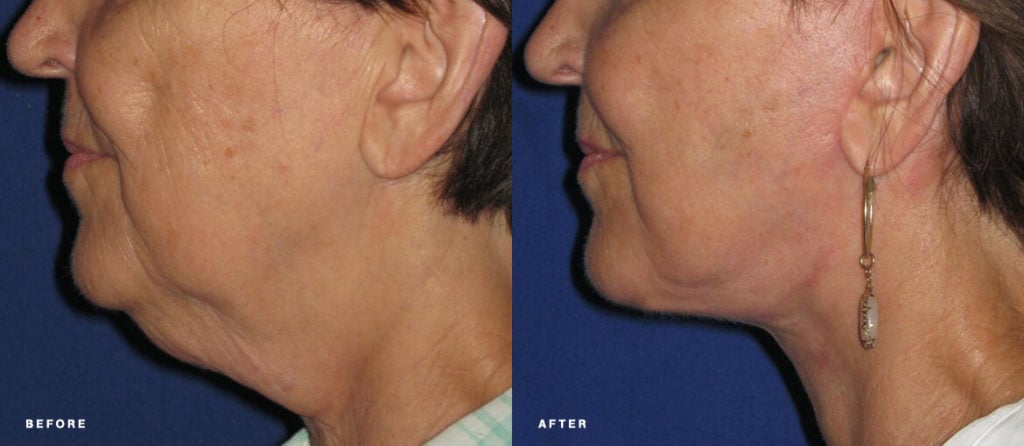
Other Types of Facelift
Having covered the two main types of a surgical facelift – mini and standard/full – we’d now like to explain some other commonly used terms and procedures grouped in with facelifts.
Awake Facelift
An “awake facelift” is technically not a different procedure, it just means that what used to be performed under general anesthesia – with the patient completely put under – can nowadays comfortably performed under lighter anesthesia while you are awake.
Awake procedures typically use a combination of IV sedation and local anesthesia administered by tumescent lidocaine. This sufficiently numbs the area and sedates the patient to provide comfort and relaxation. This can be complemented by ProNox laughing gas to give the patient even more options to calm anxiety and discomfort.
Neck Lift
What many think of as a facelift may in reality be more of a neck lift. Especially in the age of Zoom and social media you may often find yourself looking at your reflection at a slightly downward tilt in mediocre lighting. This can expose neck folds in an unflattering way. And in general, signs of aging often appear in the neck first.
A neck lift can be accomplished either surgically or non-surgically. Neck lift surgery, just like facelift surgery, is accomplished with a few strategically placed incisions under the jawline or towards the ear. The surgeon removes underlying tissues and tightens the skin. A non-surgical neck lift is most commonly – and effectively – done using liposuction combined with skin tightening via radio frequency assisted lipolysis (RFAL).
Non-Surgical Facelift or Neck Lift
The above mentioned RFAL has rapidly become a leading method for cosmetic surgeries, not just among facial procedures but for the entire body. Known by the brand names BodyTite and FaceTite, and more recently Renuvion, this technology achieves the kinds of results previously only seen with surgery. The neck lends itself particularly well for this minimally-invasive procedure, which allows patients to return to their regular activities within days – and without any sutures or scars.
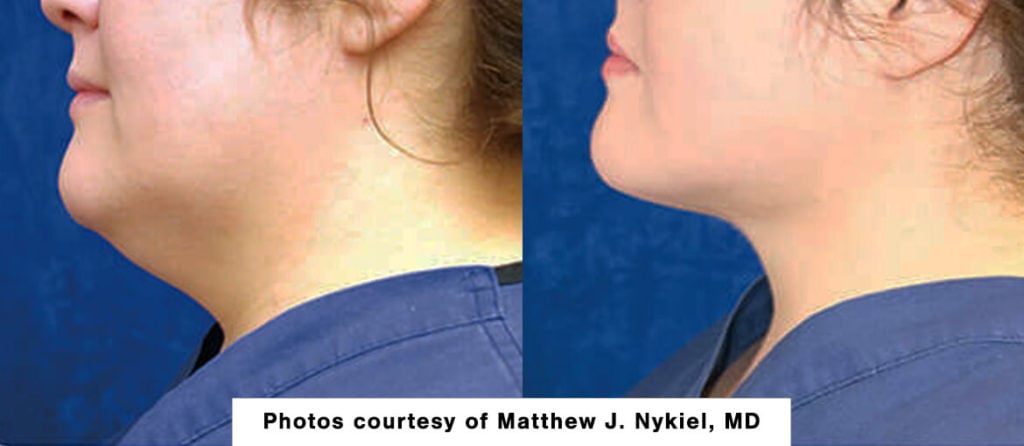
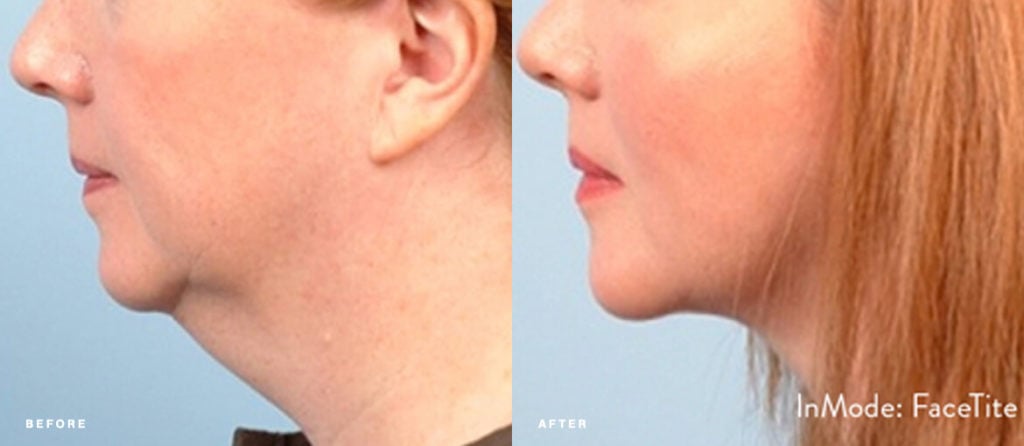
Jawline Rejuvenation
The jawline is often the focus of a neck lift and both essentially mean the same thing. An ill-defined jawline is typically the result of sagging skin due to aging. This is the area where a minor cosmetic procedure such as FaceTite can have a dramatic effect. It may not be necessary to use surgery to improve the definition of your jawline.
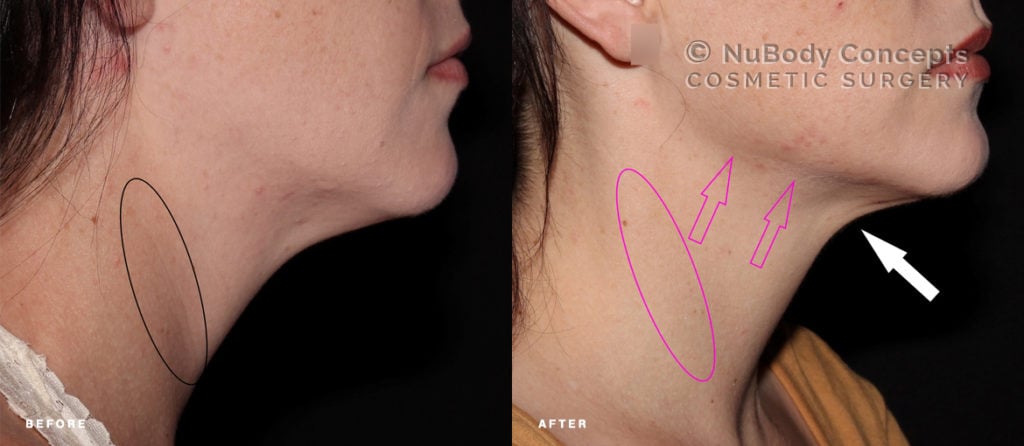
This procedure is especially good for revitalizing the area between the jaw and upper neck. Excess fat is removed from the neck via liposuction in order to sculpt the jaw line. This harvested fat can then be used as natural filler, if desired, by injecting it back into the cheek and mid-face area to add volume. This is most appropriate for people with minimal skin laxity as skin is not removed with this procedure.
Mid-Face Lift
A mid-face lift targets specifically the hollowed cheekbones and the bags typically developing under the eyes during middle age. It repositions the fat pads in the cheeks over the cheekbones while tightening the skin in the area. Non-surgical methods can also be employed to achieve a similar effect as surgery.
Cutaneous Facelift
A cutaneous lift is a facelift in which only the skin is tightened without touching the underlying muscles like a full facelift does. The incision is typically made along the hairline and then the skin is pulled into its new position while the excess skin is excised. This addresses skin-laxity but cannot achieve the same dramatic results as more comprehensive facelift surgery.
Temporal Lift
This type of facelift focuses on the eyebrow area but is slightly less invasive than a full browlift. The incisions are placed in the hairline at the temples, and the tissues are moved diagonally upward and sideways, away from the center of the face. This smooths out wrinkles and improves sagging skin and hollowed out areas around the cheeks.
Liquid Facelift
This term is a bit misleading as it describes not a facelift but rather the application of injectable dermal fillers such as Juvederm, Voluma, or Sculptra. The ingredient for such fillers is hyaluronic acid or lactic acid calcium and acts very much like our own fat in filling out sagging areas. (Note: your own fat can also be used via liposuction and fat transfer.) The fillers are injected with a syringe and can last from 6 months to 2 years depending on the type.
Facial fillers are a great way to rejuvenate the face by smoothing creases and folds, fill hollow areas, and plump lips. If you are not ready for an actual facelift or even a minimally-invasive procedure such as FaceTite, getting started with facial fillers is a great alternative.
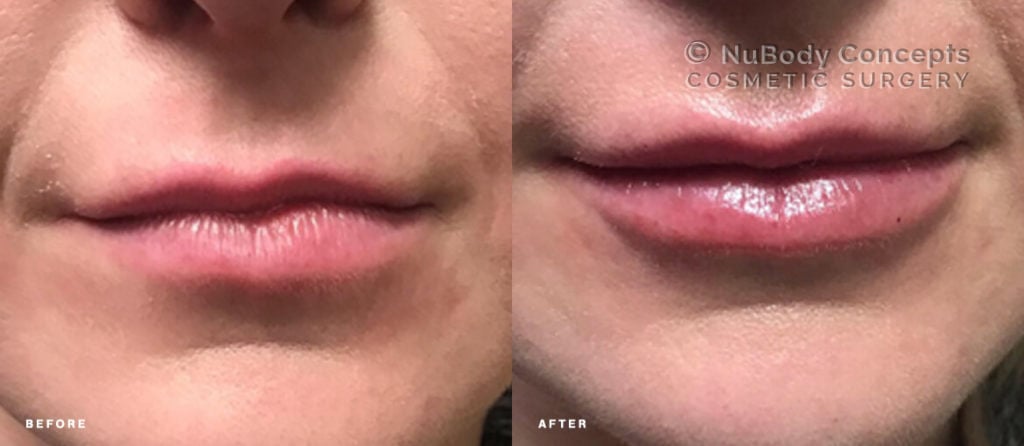
Which Type of Facelift is Best?
Which type of facelift you choose depends on the degree of aging in your face and your aesthetic goals. If you have never had cosmetic surgery, you might want to start out with a “lesser” treatments such as an injectable filler or Botox. These are temporary solutions that have very pleasing and immediate results but have to be repeated regularly to maintain the effect.
One step up from such non-invasive treatments are minimally-invasive procedures such as FaceTite and Renuvion. Both use radio frequency assisted lipolysis to tighten skin non-surgically. This procedure might be best for you if you are seeking a more permanent solution than simple fillers or resurfacing treatments. You won’t have to worry about scars or a lengthy downtime, and you still get the benefit of permanent results.
If you are looking for great, permanent results, especially if you are closer to your 60s than your 40s, a full surgical facelift might be for you. Yes, it’s more invasive than some of your other options, but it also achieves the best possible results.
Getting Started
Facelifts and a full range of other facial rejuvenation treatments are available at NuBody Concepts. Our board-certified plastic surgeons at our Nashville and Memphis practices have each performed facelifts and other cosmetic procedures for over 20 years.












